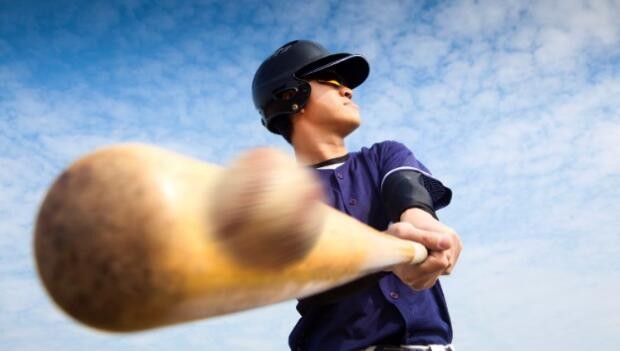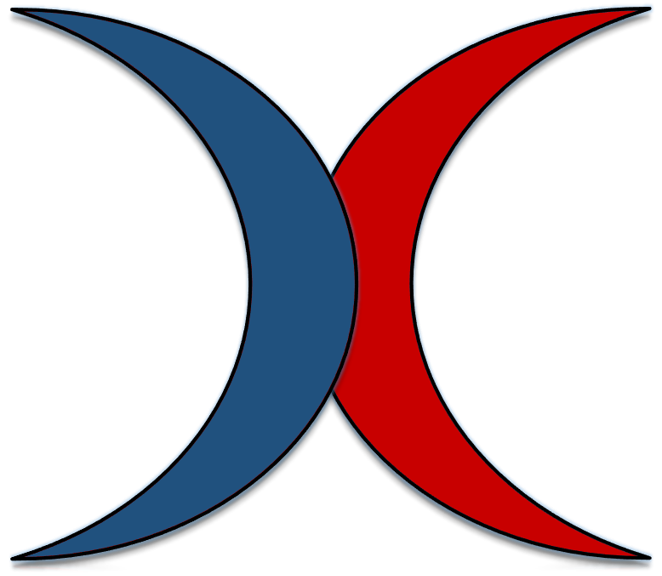
Velocity Perception and Prediction Systems
By Ken Cherryhomes
I’ve written quite a bit about the processes of visual perception and the role tau & tau-dot play in our prediction of ball arrival time and location. Here, I will discuss the interplay of other senses and how they help us provide informed decisions when hitting baseballs.
Prehension reflexes (pre-movements)
Prehension reflexes, or “pre-movement” messages, refer to the preparatory signals or neural activity that occurs before initiating a motor action. In the context of perceiving an approaching ball, these messages can involve the activation of motor programs associated with defensive or reactive movements, even if the movements are not executed. The reflexes are electrical impulses sent to a dominant hand when a graspable object is observed, for example. Prehension reflexes, which are involuntary, are thought to be mediated by the sensorimotor areas of the brain and involve the integration of visual, tactile, and proprioceptive information. When the brain perceives an object that is visually or proprioceptively identified as graspable, it triggers a cascade of neural activity that leads to the initiation of pre-movements. These movements involve the activation of muscles and motor pathways associated with reaching, grasping, and manipulating objects. The purpose of pre-movements is to prime the motor system for potential actions, preparing the body to interact with the perceived object more efficiently. It is believed that these reflexive movements help optimize motor planning and execution by reducing the reaction time required to initiate purposeful actions once the conscious intention to grasp is formed.
Example: In a traditional bat grip, the non-dominant hand, typically the bottom hand, initiates the swing and plays a crucial role in setting the direction, vertical bat angle, and initial path of the swing. It provides stability and control, ensuring that the swing starts on the intended trajectory and maintains the desired angle. The non-dominant hand’s actions contribute to the overall initiation and direction of the swing.
On the other hand, the dominant hand, typically the top hand, aids in driving the swing naturally and effortlessly toward the ball. It benefits from pre-movement impulses and provides precision and coordination to the swing. While the dominant hand does not inherently generate more power than the non-dominant hand, it aids in continuing the swing’s arc and maintaining the bat’s speed and control.
Together, the non-dominant (bottom) hand’s role in initiating the swing and setting the direction, combined with the precision and coordination provided by the dominant (top) hand, creates a well-coordinated and effective swing.
Motor Imagery and Motor Planning
Similar, but not to be confused with, are the involuntary muscle activations or sensations when thinking about moving, called motor imagery. Motor imagery involves mentally simulating or imagining movements without physically executing them. During motor imagery, the brain activates neural circuits associated with motor planning and execution, leading to similar patterns of neural activity as during actual movement. This can result in a subjective experience of muscle activations or sensations, even though the movements are not physically performed. Motor imagery has been studied extensively in various domains, including sports training, motor learning, and rehabilitation. It is believed to play a role in motor skill acquisition, motor performance enhancement, and neural plasticity.
Proprioceptive Awareness
Proprioception, which involves the sense of the relative position and movement of our body parts, contributes to our awareness of our body’s position, posture, and motion as they relate to both the ball and the implied position of the strike zone. Proprioceptive feedback provides information about the orientation and movements of your body as you anticipate and respond to the approaching ball.
Example: When a baseball is thrown, individuals utilize proprioceptive perception to sense the ball’s trajectory and velocity. By integrating visual cues with their body’s awareness, they intuitively feel the subtle cues of motion and position, aiding them and contributing to their prediction of the ball’s direction and speed.
Kinesthetic Awareness
Kinesthetic awareness is closely related to proprioception and involves the perception of bodily movements and positions. It helps you have an internal sense of where your body parts are and how they are moving. Kinesthetic awareness contributes to your overall body awareness and coordination in relation to the approaching ball.
Visual Inputs
As I have discussed extensively in a number of articles, visual perception remains a crucial factor in predicting the motion and velocity of the ball. By tracking the visual cues provided by the ball’s trajectory, speed, relative position in your visual field, and rate of object dilation, you can make judgments and predictions about its motion.
Together, these sensory systems and cognitive processes, including pre-movement messages, proprioceptive awareness, kinesthetic awareness, and visual inputs, allow you to anticipate the motion and adjust your body’s position and posture in response to the approaching ball, even if direct haptic feedback is not involved.
The Negative Impact of Thought: Overcoming Cognitive Interference
While we have explored the critical role of sensory systems and cognitive processes in hitting baseballs, it is essential to recognize the potential influence of thought on these mechanisms. In the high-speed realm of hitting pitched balls, the window of time for perceiving and initiating action is incredibly brief. Cognitive interference, such as overthinking or conscious deliberation, can disrupt the seamless integration of sensory information and hinder performance.
When the mind becomes overwhelmed with conscious thoughts, it may delay or impede the activation of prehension reflexes. The instinctive and rapid motor programs associated with defensive or reactive movements can be dampened, resulting in slower reaction times and diminished motor efficiency.
Similarly, excessive mental analysis or self-doubt can disrupt the delicate coordination between proprioceptive and kinesthetic awareness. Instead of relying on these internal senses to guide our movements naturally, excessive conscious thought can introduce hesitations and disruptions, adversely affecting body coordination and fluidity.
Moreover, visual perception, a crucial component of velocity prediction, can be compromised by cognitive interference. When the mind is preoccupied with thoughts unrelated to the task at hand, our ability to accurately track the ball’s trajectory, speed, and relative position may be compromised, leading to less reliable predictions and suboptimal hitting decisions.
To optimize performance, it is crucial to cultivate a focused and present mindset during the hitting process. By quieting unnecessary thoughts and allowing the subconscious mind to take the lead, we create an environment that fosters the smooth integration of sensory systems and cognitive processes. This state of mental flow enhances our ability to tap into the reflexive responses, heightened proprioceptive and kinesthetic awareness, and accurate visual perception needed to excel in hitting baseballs.
Developing mental strategies such as mindfulness, visualization, and trust in one’s abilities can help overcome cognitive interference. By embracing the present moment and fostering a mindset that promotes fluidity and instinctive responses, we can unlock the full potential of our sensory systems and cognitive processes.
Conclusion
In the world of hitting baseballs, velocity perception and prediction rely on a dynamic interplay of various sensory systems and cognitive processes. While visual perception remains paramount, we have explored the significant contributions of prehension reflexes, proprioceptive awareness, kinesthetic awareness, and visual inputs.
By understanding the intricate interplay of these sensory systems and cognitive processes, we gain a deeper appreciation for the complexity involved in hitting baseballs. It is the harmonious coordination of these systems that allows us to anticipate the ball’s motion, adjust our body’s position and posture, and make informed decisions.
So, the next time you step up to the plate, remember the multitude of senses and cognitive processes at work beyond just visual perception. Embrace the prehension reflexes, trust your proprioceptive and kinesthetic awareness, and harness the power of visual inputs. By integrating these systems, you can elevate your hitting performance and unlock the full potential of your abilities.
Please send questions and comments to:
